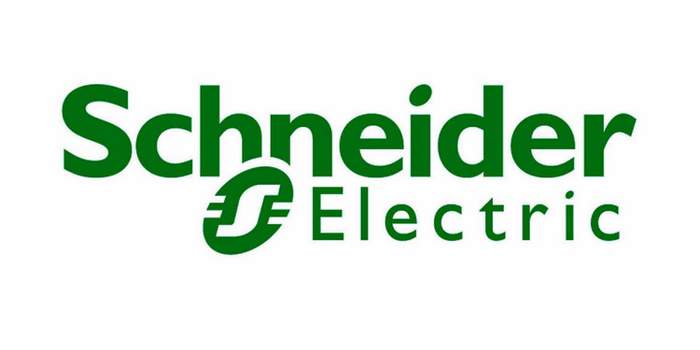
Schneider Electric has agreed to design, engineer and build a new microgrid that will enable critical energy resilience at the Port of Long Beach in the city of Long Beach, Calif. Schneider Electric will create a microgrid technology demonstration which will include an integrated system of distributed energy resources (DER) and microgrid controls, enabling added resilience via long-term islanding at the port’s critical response facility, the Joint Command and Control Center (JCCC), which functions as the port’s hub for security.
Schneider Electric’s $5.2 million contract with the Port is part of a $7.1 million project that is partially funded by a $5 million grant from the California Energy Commission (CEC).
“Ensuring a stable supply of energy is crucial to the zero-emissions future the Harbor Commission envisions for the Port of Long Beach,” said Tracy Egoscue, Long Beach Board of Harbor Commissioners President. “We welcome this microgrid technology demonstration in Long Beach.”
Seaport design
Traditional backup power sources for seaports – usually diesel-powered generators – are not in alignment with the long-term energy resilience, sustainability and efficiency goals of contemporary critical facilities. Diesel generators have limited capacity for continuous, ongoing power during catastrophic outages and do not enable sustainable energy usage. In addition to boosting critical facilities’ energy resilience and sustainability through islanding and distributed energy resources (DER) integration, microgrids can also help lower energy costs through renewable energy production and enable smart load management.
RELATED: The ‘Carportunity’: How our electric vehicle future means big things for solar carports
For the Port of Long Beach – the second-busiest port in the nation, which handles over $194 billion in cargo per year – installation of a microgrid will bolster energy resilience and ensure business continuity at all of its marine terminals while helping achieve its goal of becoming a zero-emission operation. To meet the Port’s extensive resilience needs, Schneider Electric will draw upon expertise that has previously supplied marine and shore power solutions to more than 2,700 global merchant marine sector clients.
Hardware selections
Schneider Electric will design and install the microgrid, which will include the preconfigured hardware solution, Energy Control Center – DC coupled and merged with technologies from partner EnSync Energy, mobile storage solution, microgrid controls and EcoStruxure Microgrid Advisor, the cloud-connected, demand-side energy management software platform that simplifies the Port’s DER integration and allows microgrid operators to collect, forecast and automatically optimize operations. The project will also include EcoStruxure Power solutions including Power Monitoring and Power SCADA Operation.
The project will also include installation of a 300 kilowatt (kW) array photovoltaic (PV) system for energy production, integration of a 250 kW microgrid-extending mobile battery energy, a 500 kW Diesel Generator and the installation of additional microgrid controls to allow demand response, peak shaving, and islanded operations for energy resilience. As part of the project, Energy Control Center will also leverage 330 kW and 670 kilowatt per hour (kWh) stationary battery energy storage.
Information gathering
Over the course of the microgrid installation, Schneider Electric will work with the Port of Long Beach to compile and analyze 12 months of performance data to ensure the microgrid is effectively helping the port meet its energy resilience goals. Schneider Electric will also work with Long Beach City College and the International Brotherhood of Electrical Workers to strengthen local workforce development and training initiatives, in addition to providing paid, on-the-job training to apprentices during construction.
“Across all industries and public entities, there is increasing demand to bolster energy resilience to support business continuity at critical facilities. The plans of the Port of Long Beach illustrate the foresight required to augment ongoing electrification efforts with resilience,” said Mark Feasel, Vice President, Smart Grid & Microgrid, Schneider Electric. “This new Microgrid will leverage advanced controls to enhance resilience, and increase safety and security for critical infrastructure at the port.”
Funding from the California Energy Commission’s Electric Program Investment Charge (EPIC) uses ratepayer money to support demonstration and deployment projects that achieve the State’s energy policy goals at the lowest possible cost. As a result, the project is designed to offer a technology demonstration to be visited by federal, state, and local response agencies, allowing the microgrid to showcase lessons learned for how facilities across the state can utilize microgrids in order to enable more sustainable, cost-effective and resilient energy usage. To this end, Schneider Electric will develop a “lessons learned” guidebook following the project to support replicability of microgrid installations at other facilities and the further commercialization of microgrid systems, as part of its effort to educate and share information with other California seaports about the benefits of microgrids at such facilities.
— Solar Builder magazine

Leave a Reply
You must be logged in to post a comment.